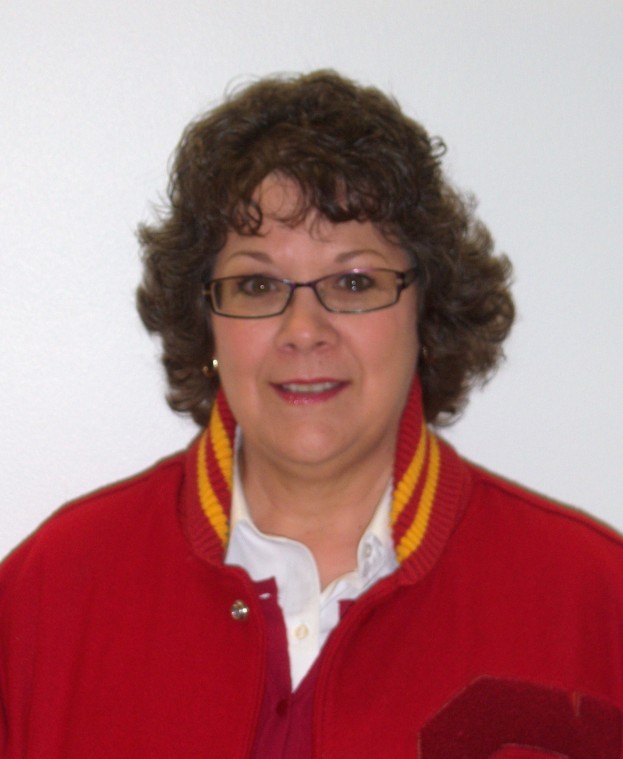Dyer Foresees Simpson Forging Ahead
September 23, 2010
Simpson 2010 and beyond
As the college archivist for almost 30 years, I have discovered the Simpson Experience in our collective stories. I am not a Simpson graduate, but I understand the bond one can form with this excellent liberal arts institution.
I was hired right out of graduate school in August of 1978. I did not know at the time that the college was deep in debt from the high interest rate on the construction loan for the new field house. The next administration took care of that and the rest is history.
In this 150th year, I have been getting numerous requests for archival materials for displays, books, and even a cookbook. In 1918 the college administration building burnt to the ground with all the college records in it; we have done our best to reconstruct those lost years. The college archives are housed in Dunn Library where college documents, photographs and memorabilia are preserved for future generations.
Simpson as place
The first time I saw Simpson was in the early 1970s when I attended a cheerleading camp. It was a beautiful sight with Buxton Park blending into the campus. We have worked hard to keep that look with the brick buildings in a park-like setting. The addition of 15 new maples trees will add to that ambience; many of the ‘whispering maples’ were damaged in a windstorm in 1953.
In the past 30 years, several buildings and two campuses were constructed to meet our ever-growing student needs. The Amy Robertson Music Center replaced Barrows Hall and the Music Annex. The business department moved from Heckert Hall (now the Art Center) to its new home in McNeill Hall. The Carse Fitness Center was built where Sigler Hall once housed home economics. Barker Hall and Carver Science Hall both doubled in size. We are now seeing the reinvention of both theatre and campus center spaces. Beyond Indianola, the campus is represented well in West Des Moines and Ankeny.
Simpson as learning
One of the strengths of a liberal arts college is that students learn how to learn. At Simpson, teaching is valued along with student research. Resources have moved from the card catalog to the Internet and from strictly books and printed journals to DVDs, CDs, online streaming and full-text research-in-progress.
Over time, we have seen the open curriculum of the 1970s be refocused on the liberal arts in the 1980s with cornerstone studies and specific courses for first year and senior students. Now, we are heading into a new curriculum, which offers deeper majors and varied options in areas of engagement and 21st century skills. We have also experienced growth in our international programs, both semester abroad and May terms.
Simpson as experience
The first graduating class in 1870 had six students, both male and female. Simpson began as a seminary or high school and has had 22 presidents with differing visions and leadership styles, assorted faculty with varied philosophies that have shaped the curriculum, and thousands of students
Some of those students included Amy Robertson, the largest donor to Simpson College of over $10 million; George Washington Carver, one of the first African-Americans at Simpson in 1890; and Kip Janvrin, a participant in the 2000 Summer Olympics.
Over the years students, faculty and staff have witnessed Simpson as a “community of care.” We now call ourselves the “Storm” instead of the “Redmen” because it was the right thing to do. In 2002, we worked together to identify our main values as community, quality and respect. We celebrate Campus Day and Convocations. We participate in sports and theatre and music. From speakers like Jesse Jackson and Desmond Tutu we have witnessed passion about the world around us.
It is fun to celebrate 150 years. Simpson survived the Depression, declining enrollment during and after world wars and our current, troubled economic times. I see Simpson forging ahead as both a bricks & mortar college and a virtual learning community. The founding and expansion of Simpson College and our continuing commitment to educational success is worth flaunting the Red & Gold!
[To learn more, read Beneath the Whispering Maples: the history of Simpson College published in 1995. At the college since 1955, Dr. Joseph W. Walt, Professor Emeritus, would be the first to tell you that his was a selective history – “the history of Simpson according to Joe Walt.” Check out the archives’ website (Dunn Library, Special Collections) for more information about the college’s archival collections.]












